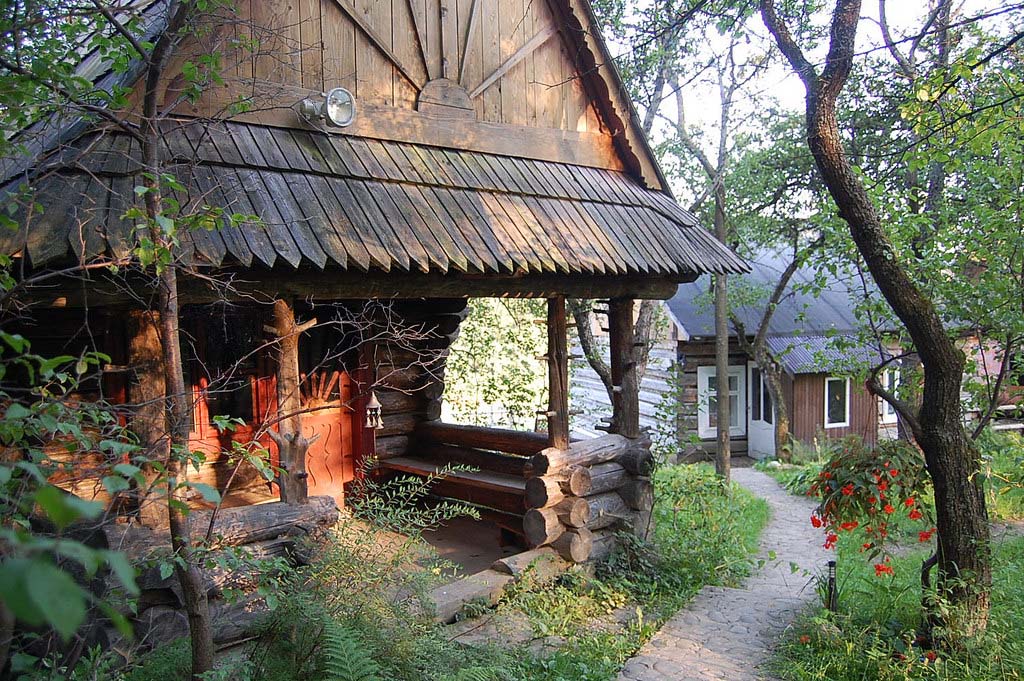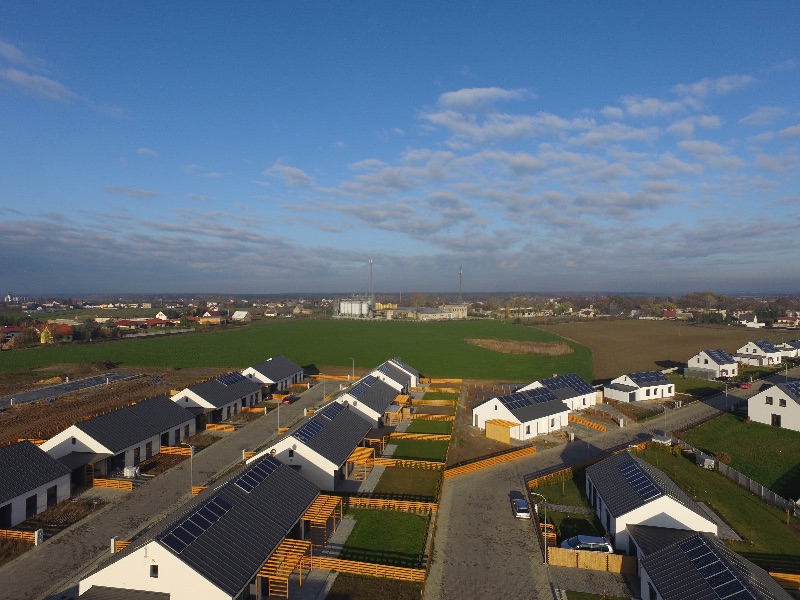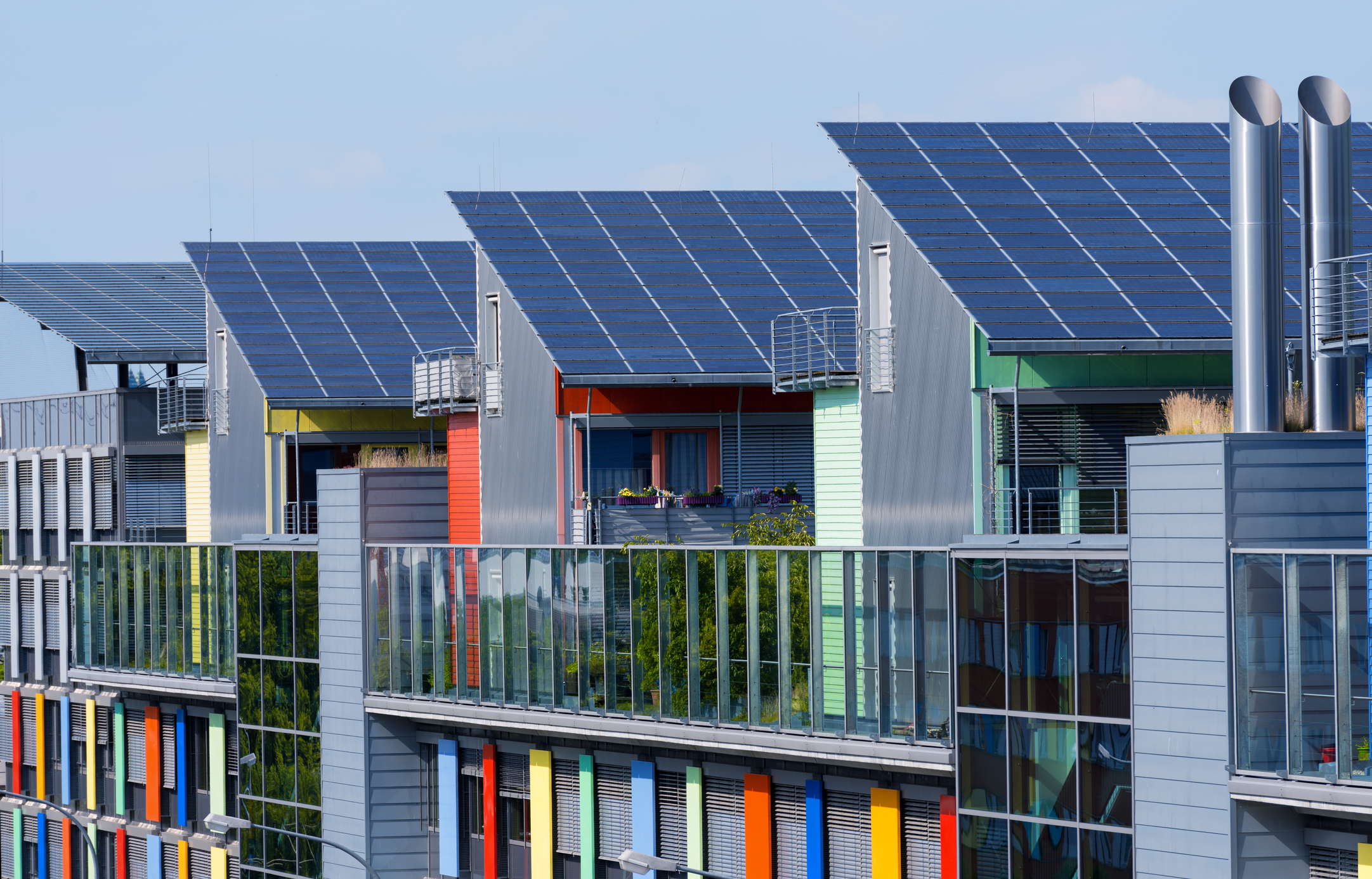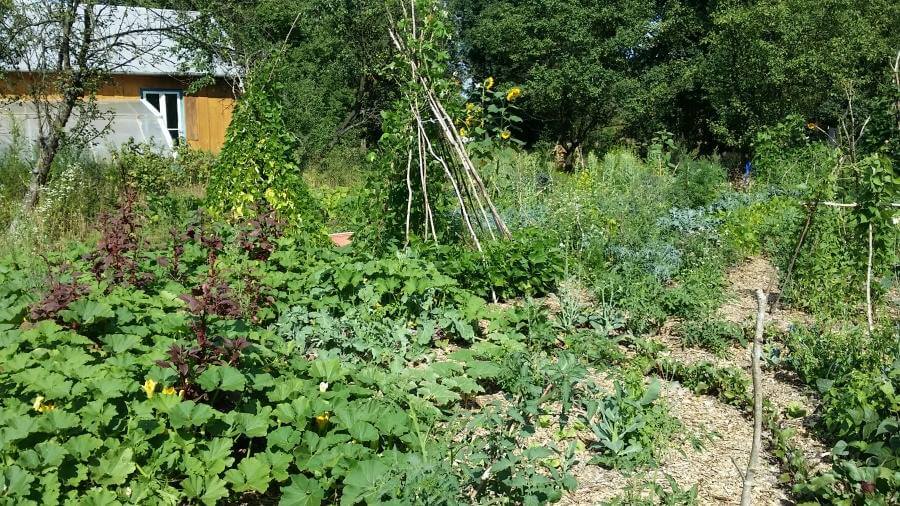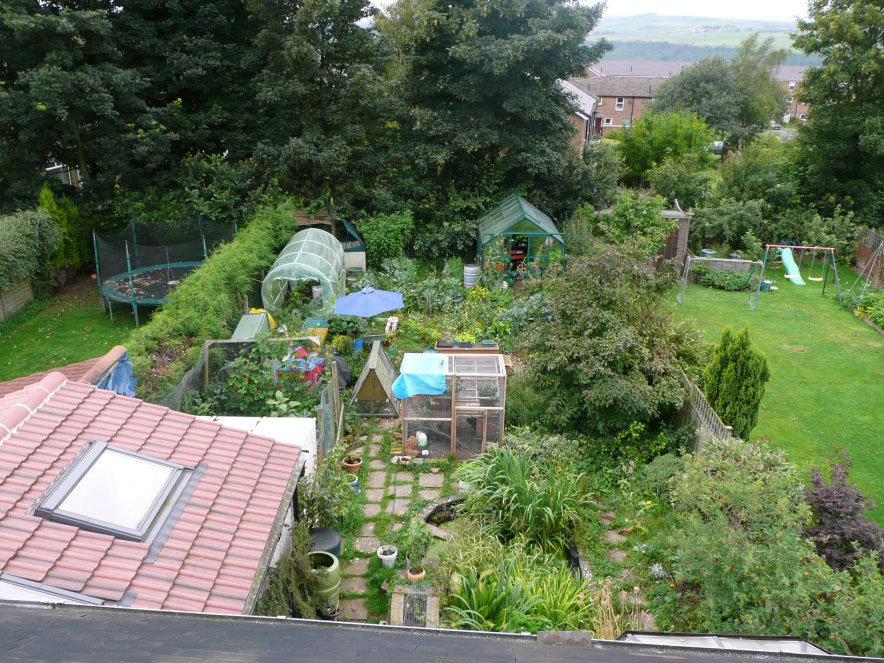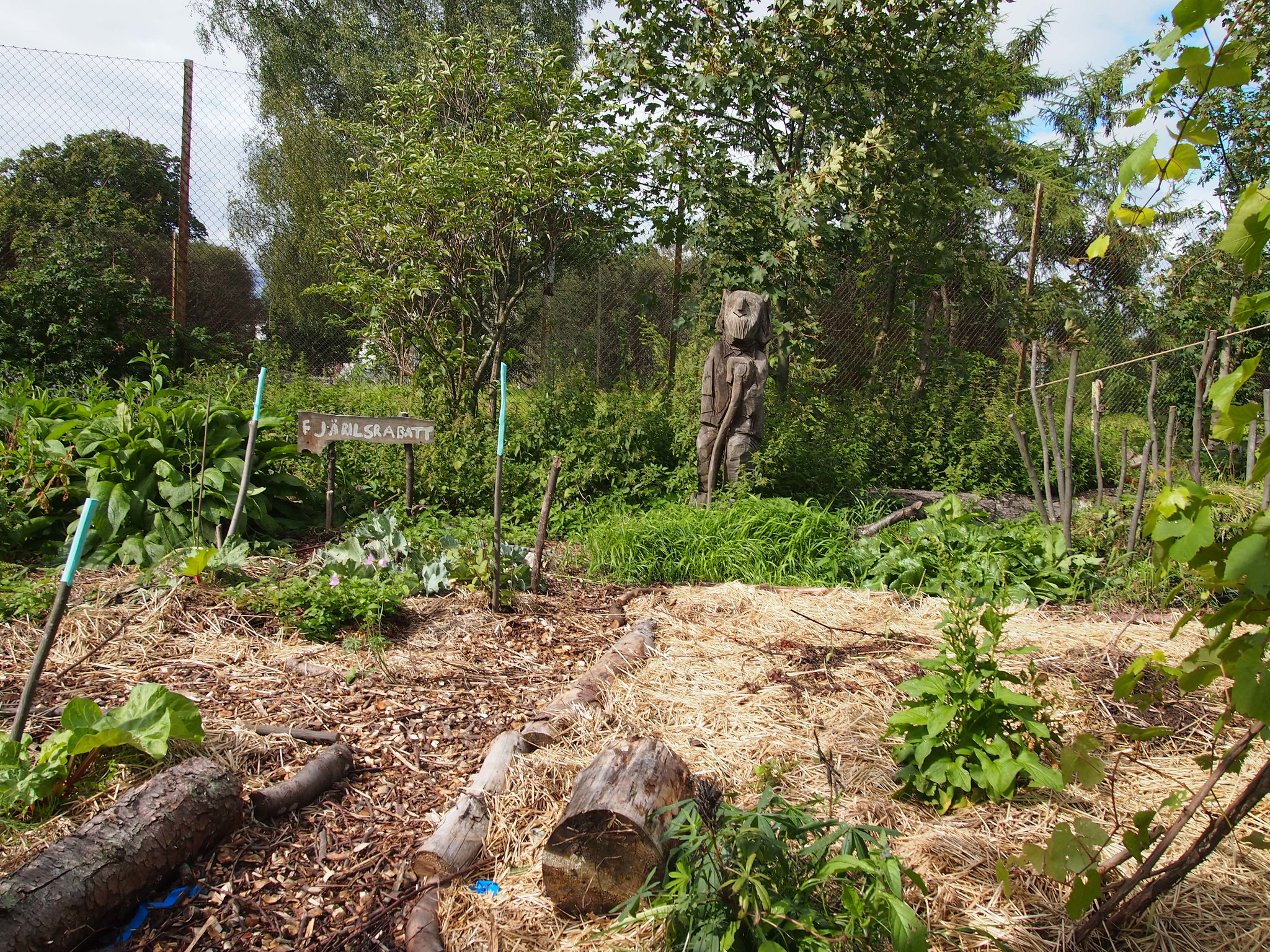
Urban planning is the study of planning cities and housing estates. The task of urban planning is to provide residents with a good, peaceful life in the city and to protect the environment, both natural and cultural (monuments).
Urban planners plan places for residential buildings, schools, kindergartens, nurseries, cultural buildings (theaters, cinemas, community centers) or sports infrastructure, municipal offices, industrial plants and city transport. It depends on them how the city will function. People should be able to feel good there, breathe clean air, have comfortable places to work and rest. If a city like that is created, we can call it a harmonious and balanced space.


